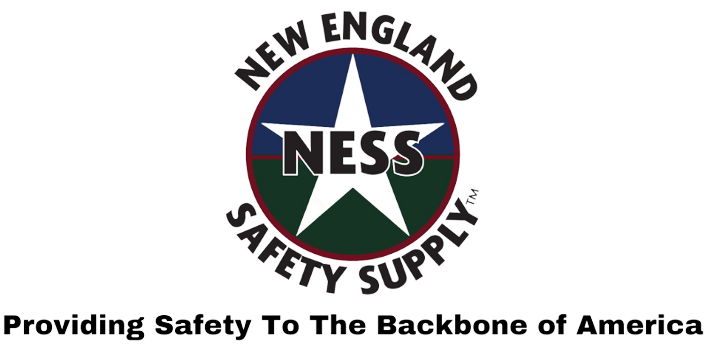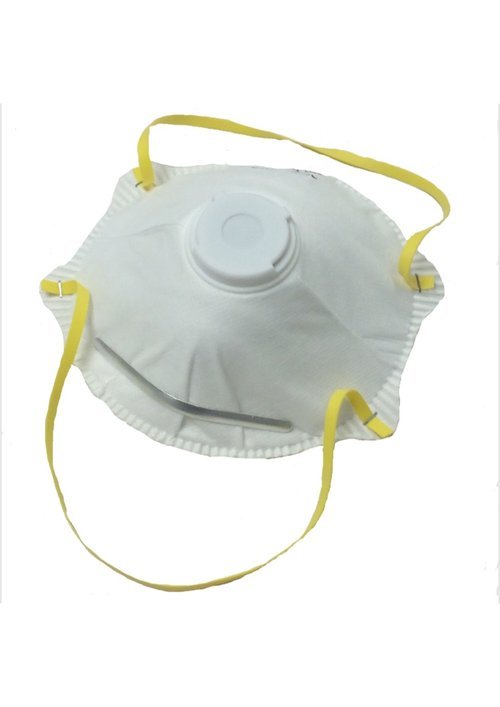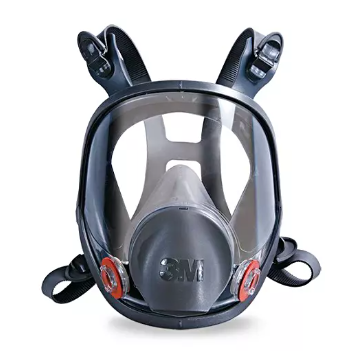The Occupational Safety and Health Administration's (OSHA) Hazard Communication Standard (HCS) was implemented to ensure that employers are providing their employees with information about the hazardous chemicals they may come into contact with on the job. The standard aims to prevent workplace injuries and illnesses by requiring employers to provide appropriate labeling, safety data sheets, and employee training. In this article, we will take a closer look at OSHA's Hazard Communication Standard and its requirements.
Hazard Classification
The first step in complying with the HCS is to identify the hazards of each chemical used in the workplace. Employers must evaluate chemicals based on their physical and health hazards, such as flammability, corrosiveness, toxicity, and environmental hazards. Chemical manufacturers, importers, and distributors are required to provide hazard information on the labels and safety data sheets (SDS) that accompany the chemicals. Employers must use this information to classify the hazards of the chemicals they use and provide appropriate labels and SDSs to their employees.
Labels
Chemical manufacturers, importers, and distributors must provide labels that include information about the hazards of the chemical, as well as precautions for safe handling and use. Employers must ensure that these labels are not removed or defaced and that they remain legible. If an employer transfers a hazardous chemical from its original container to a secondary container, they must ensure that the new container is appropriately labeled with the information required by the HCS.
Safety Data Sheets (SDSs)
Safety data sheets (SDSs) are a critical component of the Hazard Communication Standard. Chemical manufacturers, importers, and distributors must provide an SDS for each hazardous chemical they produce or distribute. The SDS must contain detailed information about the hazards of the chemical, protective measures, first aid measures, and disposal procedures. Employers must ensure that they have an SDS for each hazardous chemical they use in their workplace and that they are readily accessible to employees.
Employee Training
Employee training is a critical component of the Hazard Communication Standard. Employers must ensure that employees are trained on the hazards of the chemicals they work with, as well as the appropriate precautions for safe handling and use. Employers must also train employees on the location and availability of SDSs and labels, as well as emergency procedures in case of exposure to hazardous chemicals. Employers must provide this training when employees are first assigned to work with hazardous chemicals and whenever new hazards are introduced into the workplace.
Updates to the Standard The HCS was updated in 2012 to align with the United Nations' Globally Harmonized System of Classification and Labelling of Chemicals (GHS). This update included changes to the hazard classification criteria, labeling requirements, and safety data sheet format. Employers were required to comply with the updated standard by June 1, 2015.
OSHA's Hazard Communication Standard (HCS) is a crucial tool for ensuring that employees are aware of the hazards associated with the chemicals they use in the workplace. By complying with the HCS, employers can reduce the risk of workplace injuries and illnesses related to hazardous chemicals. To ensure compliance with the HCS, employers must identify the hazards of the chemicals they use, provide appropriate labels and safety data sheets, and provide employee training on the hazards and safe handling of hazardous chemicals. Additional information on the Hazard Communication Standard can be found on OSHA's website.
 (508) 492-8975
(508) 492-8975








